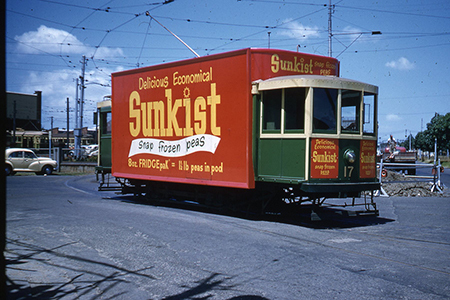Fuck Cars
This community exists as a sister community/copycat community to the r/fuckcars subreddit.
This community exists for the following reasons:
- to raise awareness around the dangers, inefficiencies and injustice that can come from car dependence.
- to allow a place to discuss and promote more healthy transport methods and ways of living.
You can find the Matrix chat room for this community here.
Rules
-
Be nice to each other. Being aggressive or inflammatory towards other users will get you banned. Name calling or obvious trolling falls under that. Hate cars, hate the system, but not people. While some drivers definitely deserve some hate, most of them didn't choose car-centric life out of free will.
-
No bigotry or hate. Racism, transphobia, misogyny, ableism, homophobia, chauvinism, fat-shaming, body-shaming, stigmatization of people experiencing homeless or substance users, etc. are not tolerated. Don't use slurs. You can laugh at someone's fragile masculinity without associating it with their body. The correlation between car-culture and body weight is not an excuse for fat-shaming.
-
Stay on-topic. Submissions should be on-topic to the externalities of car culture in urban development and communities globally. Posting about alternatives to cars and car culture is fine. Don't post literal car fucking.
-
No traffic violence. Do not post depictions of traffic violence. NSFW or NSFL posts are not allowed. Gawking at crashes is not allowed. Be respectful to people who are a victim of traffic violence or otherwise traumatized by it. News articles about crashes and statistics about traffic violence are allowed. Glorifying traffic violence will get you banned.
-
No reposts. Before sharing, check if your post isn't a repost. Reposts that add something new are fine. Reposts that are sharing content from somewhere else are fine too.
-
No misinformation. Masks and vaccines save lives during a pandemic, climate change is real and anthropogenic - and denial of these and other established facts will get you banned. False or highly speculative titles will get your post deleted.
-
No harassment. Posts that (may) cause harassment, dogpiling or brigading, intentionally or not, will be removed. Please do not post screenshots containing uncensored usernames. Actual harassment, dogpiling or brigading is a bannable offence.
Please report posts and comments that violate our rules.
view the rest of the comments

All that would do is increase handling effort and make shipping more expensive, with no benefit for companies except maybe greenwashing PR.
Let's try a real world example. From the outskirts of the city where the already mainline railway connected tram shed would be, into the city center. It's about a 45 minute tram trip, for which you'd have to load and unload the cargo on each end.
So, you unload the cargo from the train which takes time, store it in a warehouse. Later load it into the tram, should take about the same time as loading a truck. So far, so good.
But instead of just delivering the cargo to your customer directly, you drive it to another more central warehouse using the tram.
You unload the cargo again, and once again have to store it in a very expensive warehouse in the city center., until you can distribute it to cargo bikes. Which once again means handling the cargo.
Only then can you deliver your goods at the customer.
So instead of unloading / storing / loading / delivering at the customer, you've added another loading/unloading step, and another warehouse to rent in a more expensive area. Loading and unloading and warehouses are already is essentially the most expensive part of shipping anything - the transport on a train or truck itself is not that expensive.
There are specialized cases where cargo trams can work, but they are rare, and they do not involve delivering goods directly to stores, and do not involve expensive facilities in city centers.
In Dresden for example, VW used cargo trams the same way they would use mainline cargo trains - transporting car parts from one factory to another. That made sense, because both ends of the line already had cargo handling and warehouse facilities in inexpensive parts of the town, and only one loading/unloading cycle was needed. They needed no expensive inner city facilities and no further distribution.
But at that point, it doesn't really replace trucks, it just removes the need to connect your factory to the mainline rail network.